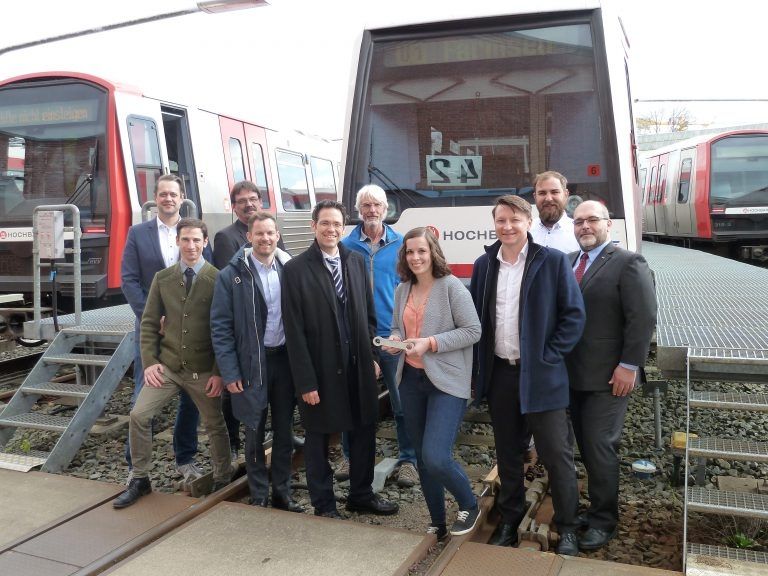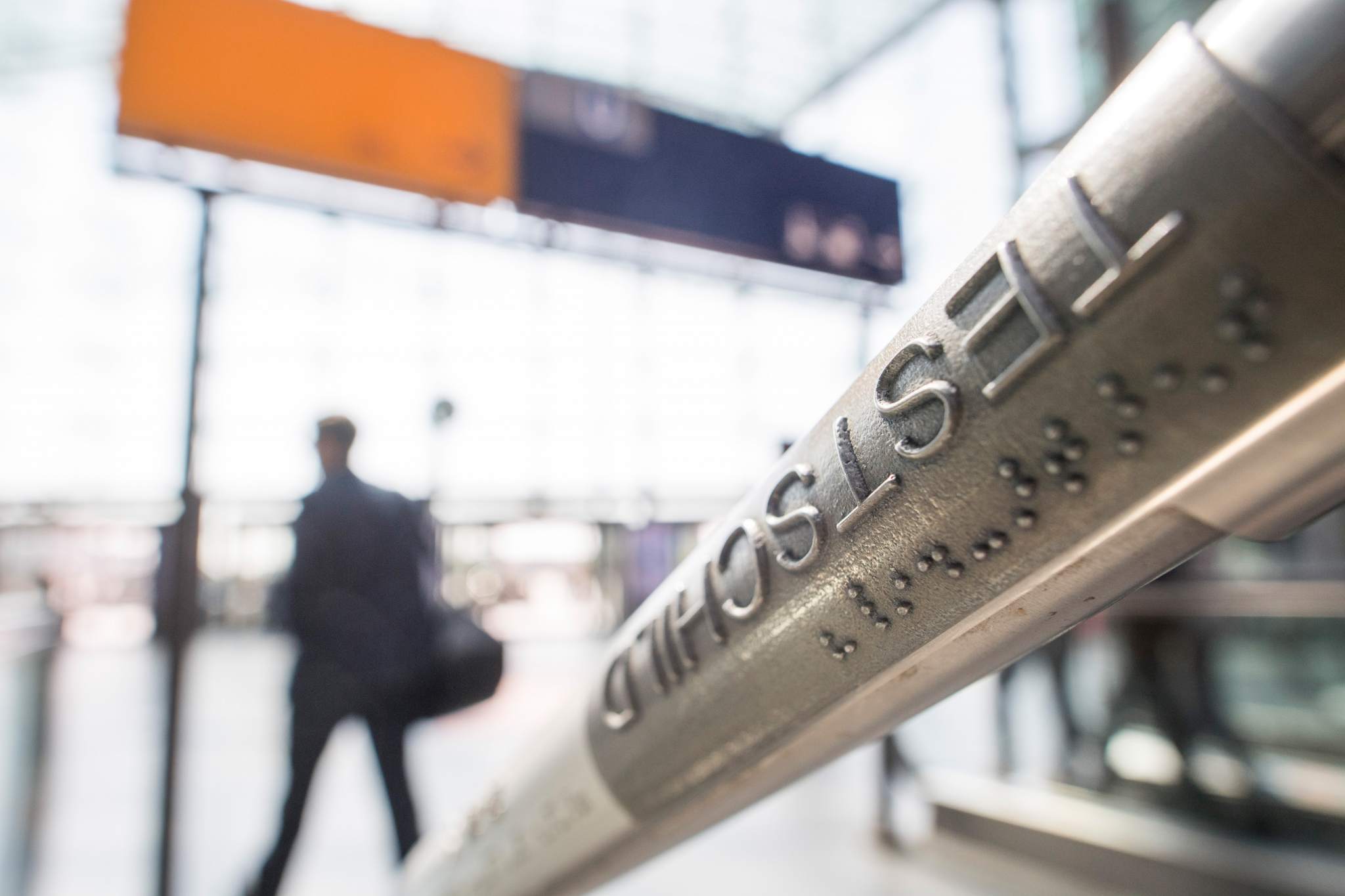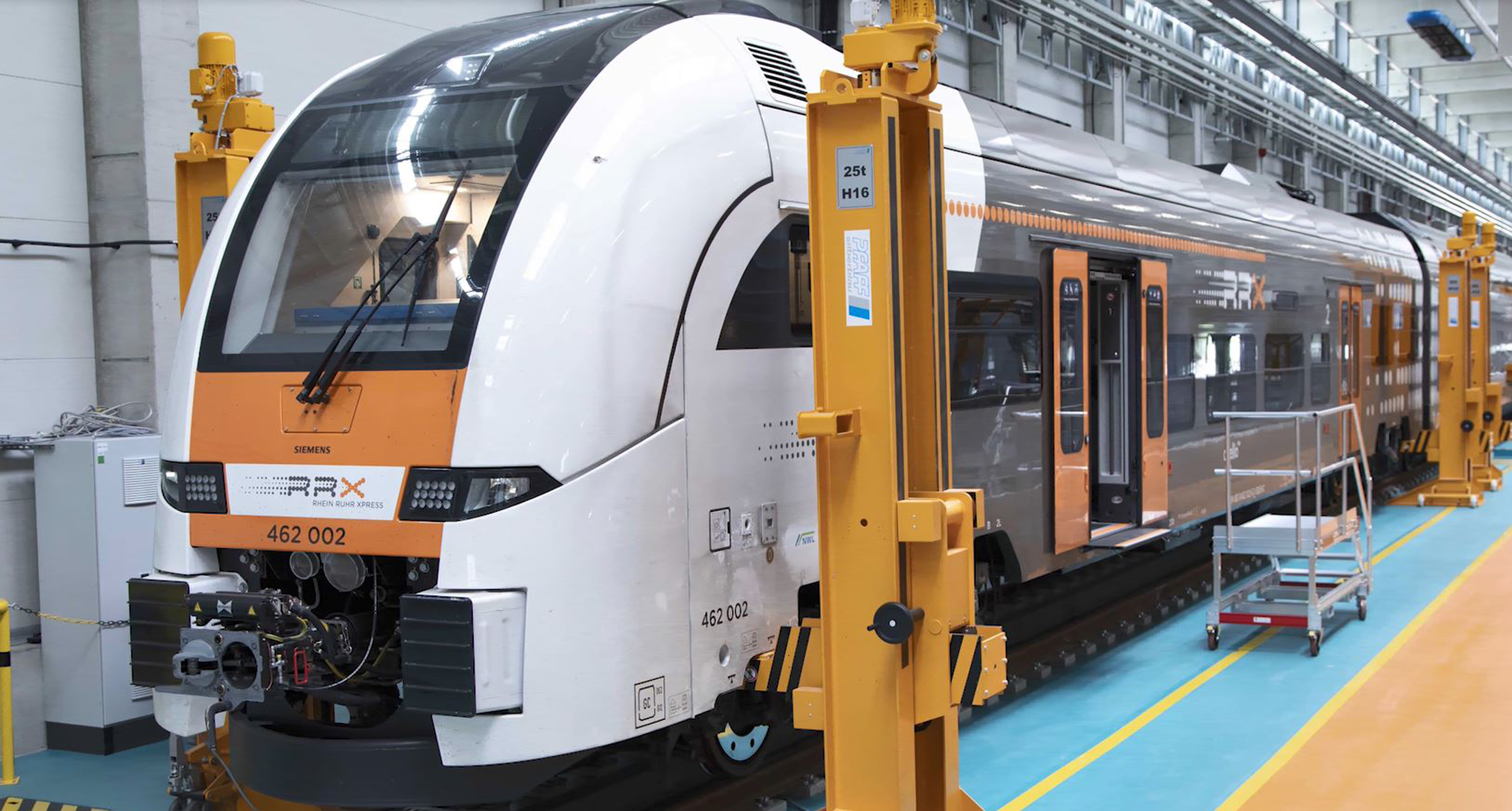Mobility goes Additive (MGA), a German-based network accelerating 3D printing within transport, has obtained first-time approval for use of an additively manufactured brake suspension link for trains. It is a highly-loaded part and works within the brake unit of a train and is now in use at Hamburger Hochbahn.
The MGA network’s Approval working group achieved the authorization. It is headed by Siemens Mobility under the participation of its members Deutsche Bahn, and the Fraunhofer IAPT and IGCV facilities. The group also includes Hamburger Hochbahn, Knorr-Bremse, Photon AG, SBB Cargo, and TÜV SÜD Product Service.

3D printed railway parts
MGA’s Approval working group commenced the development of the 3D printed brake suspension link in 2017. After a jointly developed approval concept, the suitability of the component for real-life was successfully tested and assessed by TÜV SÜD. The Hamburg Technical Supervisory Authority granted it with operational approval, leading to it being commissioned in August 2019.
BOStrab, responsible for the German Federal Regulations on the construction and operation of light rail transit systems, was also involved in the approval of the 3D printed part. As a result of this venture, a standard for future approvals will be developed by BOStrab to increase the application of 3D printed components and spare parts in the railway sector.

Mobility goes Additive
As part of MGA, earlier this year, German railway company Deutsche Bahn extended its collaboration with Berlin-based 3D printing software developer 3YOURMIND to build a ‘digital spare parts warehouse’. The company also integrated metal additive manufacturing 3DMP technology from GEFERTEC to improve the availability of hard-to-procure spare parts.
Moreover, Deutsche Bahn, the Austrian Federal Railways (ÖBB), Italian train operator Trenitalia and government-owned Swedish railways company SJ signed a Memorandum of Understanding (MoU) by proxy of seven European railways. This initiated a pledge to collaborate in the working group RAILiability under the Mobility goes Additive network.

Want the latest 3D printing news? Subscribe to the 3D Printing Industry newsletter, follow us on Twitter and like us on Facebook.
Looking for a fresh start in the 3D printing industry? Visit 3D Printing Jobs to commence your career in additive manufacturing.
Featured image shows the 3D printed brake suspension link component. Photo via Mobility goes Additive.


